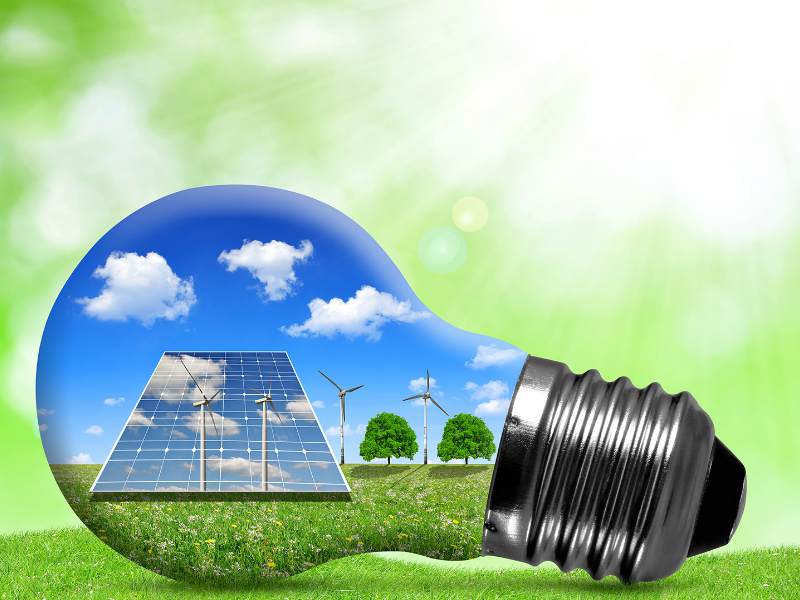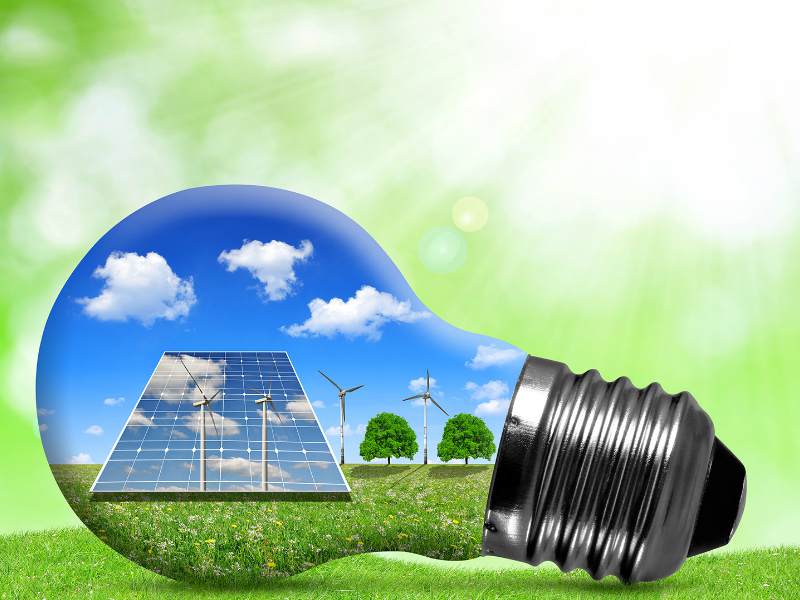The transition to renewable energy is one of the most critical challenges and opportunities facing the world today. As we confront the environmental and economic consequences of climate change, sustainable energy solutions are becoming increasingly important. From solar power advancements to breakthroughs in energy storage and green hydrogen, the push for renewable energy is reshaping how we generate, store, and consume power.
Renewable energy is no longer just an alternative—it is fast becoming the primary source of energy worldwide. The falling costs of renewable technologies, combined with growing global demand and government incentives, are accelerating the shift away from fossil fuels. This transformation is not only about reducing emissions but also about ensuring energy security, creating jobs, and improving overall sustainability for future generations.
Solar power has long been recognized as one of the most accessible and scalable renewable energy sources. Over the past few decades, the efficiency of solar panels has drastically improved. New materials and innovative manufacturing techniques have made solar energy more affordable, allowing it to compete directly with traditional fossil fuels in many regions. Solar power is also becoming more versatile, with innovations like solar roof tiles and floating solar farms, which can harness energy in new environments.
Large-scale solar farms are increasingly being used to power entire cities or even regions. These farms often cover vast areas of land in sunny regions, making them a vital part of the renewable energy landscape. Additionally, the integration of solar energy storage solutions ensures that the power generated during the day can be stored and used when the sun isn’t shining, further improving the reliability of solar power.
Wind energy is another major player in the renewable energy revolution. Wind turbines have evolved significantly over the years, with larger and more efficient designs that capture more energy from the wind. Offshore wind farms are becoming a particularly important source of renewable energy, as they can take advantage of stronger, more consistent winds found in open water. These offshore installations, while expensive to build, have the potential to provide vast amounts of clean energy with minimal environmental impact.
As wind energy becomes more widespread, the challenge of ensuring a constant power supply remains a key issue. Just like solar, wind energy is intermittent, depending on the weather. To address this, advancements in energy storage technologies, such as lithium-ion batteries and hydrogen fuel cells, are playing a crucial role in stabilizing the energy grid.
Energy storage technologies are critical for managing the fluctuations in renewable energy generation. Lithium-ion batteries have become the go-to solution for storing energy generated by solar and wind, allowing it to be used during periods of low production. However, new storage technologies like solid-state batteries and flow batteries offer even greater potential, providing safer, longer-lasting, and more efficient solutions for energy storage.
Hydrogen fuel cells are another exciting development in the world of renewable energy. Hydrogen, when combined with oxygen in a fuel cell, produces electricity with water as the only byproduct. This clean energy source has applications across a wide range of industries, from transportation to power generation. Hydrogen-powered vehicles, particularly trucks and buses, are becoming a viable alternative to traditional fossil-fuel-powered vehicles, reducing emissions in a sector that has long been a major contributor to pollution.
Hydrogen fuel cells could also become essential for large-scale energy storage. When excess renewable energy is produced, it can be used to create hydrogen through a process called electrolysis. This hydrogen can then be stored and used later to produce electricity, ensuring a stable and reliable power supply even during periods of low renewable energy production.
In addition to these technologies, geothermal energy is becoming an increasingly viable source of renewable power. By tapping into the Earth’s natural heat, geothermal plants can provide a constant, reliable source of energy that isn’t dependent on weather conditions. Although geothermal energy is geographically limited to areas with significant volcanic activity, it is a powerful option for countries with the right resources.
As renewable energy sources like solar, wind, and geothermal gain traction, the need for efficient smart grids is becoming more pressing. These advanced electrical grids can monitor and manage energy flows in real-time, ensuring that the right amount of energy is distributed where it’s needed most. Smart grids also enable better integration of renewable energy into the existing infrastructure, making it easier to transition away from fossil fuels.
The growth of renewable energy is not just driven by technological advancements, but also by policy and investment. Governments around the world are implementing policies that support clean energy, such as renewable energy mandates, tax incentives, and carbon pricing. These efforts are accelerating the adoption of renewable technologies and encouraging further innovation in the sector.
In the near future, we can expect renewable energy to play an even larger role in global power production. Advances in artificial intelligence (AI) and machine learning are also being applied to optimize energy usage and improve the efficiency of renewable energy systems. AI can help predict energy demand, optimize the operation of power plants, and enhance energy storage strategies, making renewable energy more reliable and cost-effective.
The transition to renewable energy is not just a technological challenge, but a societal and economic one as well. As we move away from fossil fuels, new industries and job opportunities will emerge, while existing sectors like coal and oil will need to adapt or phase out. This transition requires investment in both technology and workforce development to ensure a smooth shift to a clean energy future.
With the combination of new technologies, government support, and private sector investment, the world is well on its way to creating a sustainable energy future. Solar, wind, and other renewable sources will play an essential role in providing clean, affordable, and reliable energy for generations to come. By continuing to innovate and collaborate, we can ensure that the world’s energy needs are met without compromising the health of our planet.

